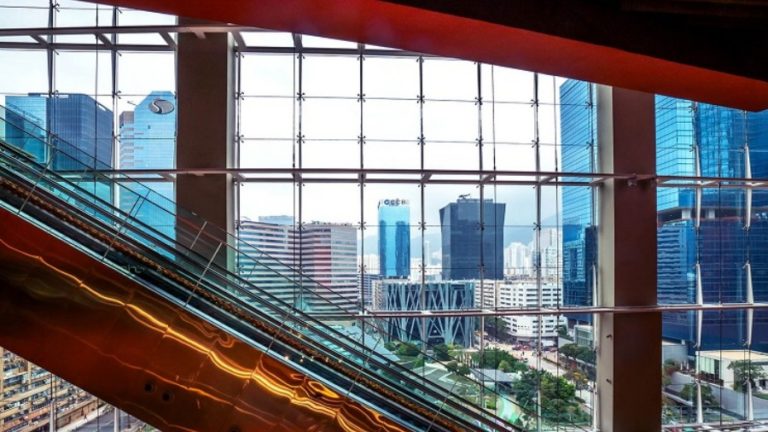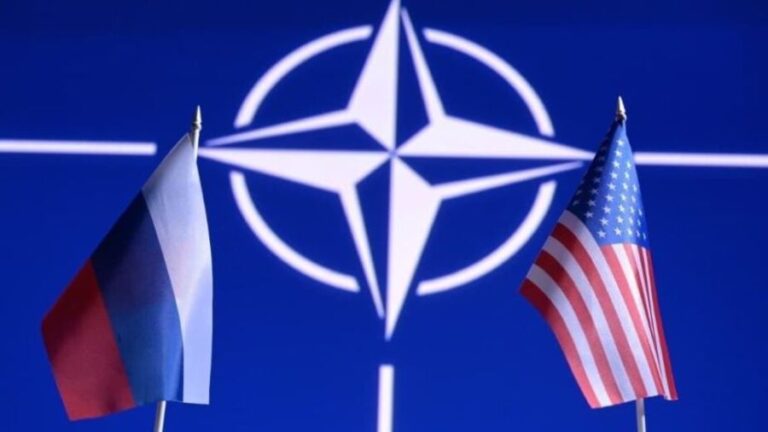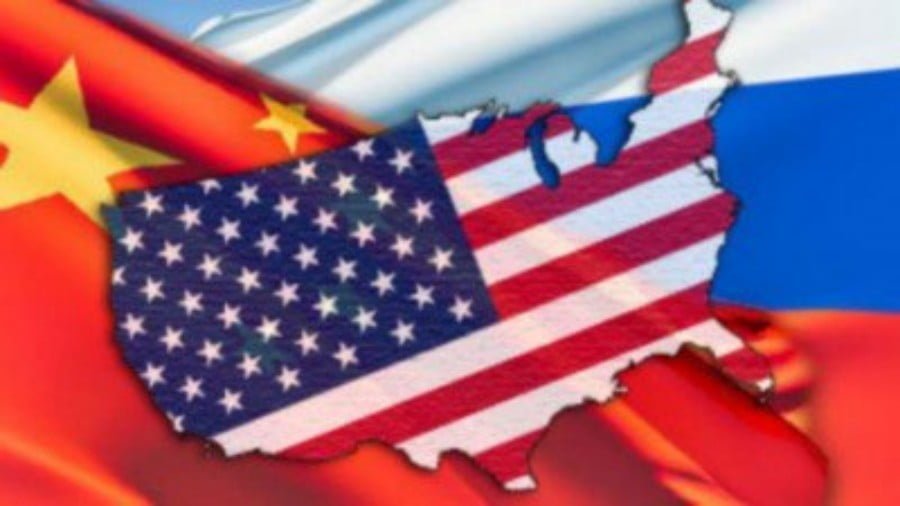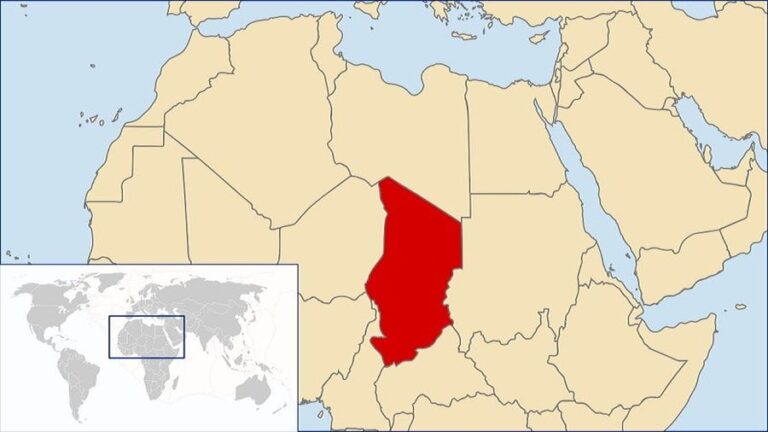Iran Bets Its Future on ‘Reformist’ Rouhani
In the perennial electoral battle between principlists (conservatives) and reformists, Iranian reformists have once again won handsomely.
Iran’s President Hasan Rouhani was reelected in a landslide on Saturday – with at least 56.88 percent of the votes according to the latest count at time of publishing and a projected vote share of 20 million votes (he got 18.6 million in 2013).
In the end, as predicted, it was all about turnout; over 70% in the main cities, with around 78% in Qom – the religious heart of Shi’ism. A low turnout would have benefitted hardliners and their reliable 20% “true believer” electoral base. Twenty-nine percent of the Iranian electorate is composed by 18-to-29 year olds, who are very enthusiastic about voting.
History will also register that Iran – a complex mix of theocracy and democracy – went to the polls and once again chose a reformist, open to the world, exactly as President Trump started his first foreign trip, in the Muslim world, by visiting a totalitarian theocracy, Saudi Arabia, that is obsessed with fomenting a Sunni-Shi’ite divide.
Follow the leader
The rector of the sanctuary of the 8th Shi’ite imam Reza in Mashhad, conservative Hojatoleslam Ebrahim Raisi – a possible candidate to succeed Ayatollah Khamenei as Supreme Leader – was simply no match for Rouhani.
The Supreme Leader’s own wishes have, in fact, been a mystery all along. Khamenei did not explicitly endorse Raisi, on the record. But he did attack Team Rouhani on many recent occasions.
Raisi is a hardliner who has been carefully groomed by the IRGC (the Revolutionary Guards) as a future Supreme Leader. This major loss in the presidential race does not exactly enhance his CV.
Rouhani, for his part, never backed down. During the campaign he went after not only the IRGC but even Raisi’s judicial credentials.
When Rouhani was first elected, in 2103, the country’s economic crisis – mostly caused by UN and US sanctions – was acute and there was no nuclear deal on the horizon. Rouhani and his team – led by his extremely able foreign minister, Javad Zarif – delivered the deal on July 2015 in Vienna, despite Khamenei repeated warnings about the impossibility of trusting any promise from Washington.
Team Rouhani was unable to deliver on the economy – after all, the post-deal benefits in terms of global trade and investment will take a long time to bear fruit.
His administration remains dependent on at least US$140 billion in foreign investment flowing in to modernize the country’s energy industry, transportation and telecoms, with most of that investment coming from Asia. According to the Iranian Chamber of Commerce, only US$13 billion materialized in 2016.
Iran is, de facto, once again doing deals with the West, yet it remains under threat from US banking/financial sanctions, which block crucial foreign investment necessary to stimulate the kind of economic activity that lifts the more than 700,000 young people who enter the country’s labor force every year along with it. It does not help that the Trump administration’s rhetoric is unmistakably anti-Iran.
Everything is not totally bleak, though. Unemployment, at 12.1% in 2012, was relatively stable at 12.45% last year (although youth unemployment remains at a high 30%). And inflation – at 27.3% in 2012 – was reduced to 8.5% in 2016.
Reform, not revolution
It’s always enlightening to remember Michel Foucault visiting Iran in late 1978, when the Shah was in the doldrums, and extolling the rise of “spiritual politics”. Iranian politics is shadow play; nothing is exactly what it seems.
Misinformed Western analysts tended to portray the encounter between Rouhani and Raisi as a sort of referendum between an autarchic “Russia-style” authoritarianism and a “Chinese-style” economic liberalism, without questioning the regime itself.
The reality is way more complex. In a nutshell, the principlists’ program was about the “resistance economy”, nominal egalitarianism, variations of “Death to America” and a promise of five million jobs and a deluge of handouts. Voters saw though it.
Rouhani for his part promises that Iran will eventually benefit from the fruits of an “inclusive globalization” (copyright Xi Jinping). It takes time to promote trade and investment, and to boost the middle class while promoting equality. That entails some key reforms inside the system – details of which he prefers to keep secret, for the moment (“I need a vote well over 50% to enact some stuff I have in mind.”) And it entails questioning some key fundamentals of the system as well.
Iranian voters are a fairly sophisticated bunch. Political elites must deliver – otherwise they’re kicked back to obscurity. It’s a delicate balance: even as a sizable majority wants serious, gradually evolving reforms, it also does not want more upheaval. Not after you have endured an Islamic revolution and its turbulent aftermath; the horrendous 8-year Iran-Iraq war; those somersault Ahmadinejad years; and, last but not least, the most draconian sanctions regime in the history of humanity, imposed by the West.
Team Rouhani, and its reformist allies in the Assembly of Experts, will now have a vast sway over who becomes the next Supreme Leader if Khamenei, now 77, dies in office during the new presidential term.
That, in itself, would signal transcendental change. For now, the task is to slowly but surely remodel the system from the inside, and develop Iran as a key node of the coming New Silk Roads Eurasian integration.
By Pepe Escobar
Source: Asia Times







